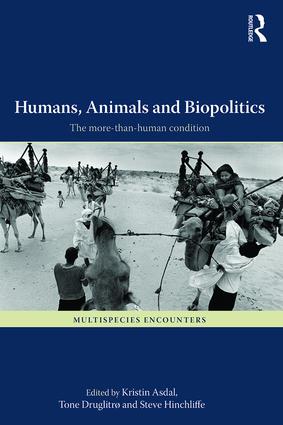About the research project
The transition to a new ‘bioeconomy’ offer promises of a bright, green future. The life sciences are called upon to create new forms of value from biological life. The promise is not only that this economy will produce surplus value; it should also provide sustainable growth, employment, animal and human welfare along with the protection of nature – solutions to our current predicaments. In other words, the economy promises to be good. This, what we in this project term ‘good economy’, is precisely what the Little Tools project aims to study. Which actual practices attempt to bring this good economy into being?
A ‘blue revolution’ in aquaculture and a ‘blue economy’ based on marine biomass: Fish will be farmed rather than caught, and marine organisms will provide the raw material for food, energy or new pharmaceutical products. But how do you create such a future, and who decides that this is a future that should be realized? What are policy documents and research programs actually doing, when they present these promises and project these futures? How do they connect to the offices, laboratories and sea-cages where the future aquaculture is being worked upon and accorded value?
The Little Tools project studies such efforts in terms of practices of valuation – in the market, in the life sciences, and in politics and in planning and innovation strategies. The flesh of the farmed fish is judged an evaluated according to consumer preferences, and as a commodity it is compared to its wild-caught relatives or other candidates for the dinner plate. Biological research investigates genetics, life cycles and the potential for modification and inclusion in industrial scale production. Planning documents and innovation programs connect to global environmental policy aims and project a new industry into national budgets and a sustainable and prosperous future.
These practices of valuation happen by way of a range of what we call little tools – modest entities and technologies such as consumer surveys, innovation documents or lighting technologies in fish cages. They act locally, but are assembled and connected within the larger attempts to realize the promises of the good economy. Without grasping how they work and how they connect in larger assemblages, it is hard to get a handle on how large transitions such as the bioeconomy happen – or fail to happen – in practice. This is precisely the new insight the Little Tools project aims to provide, through close study and analyses across various sites. Cod farming will form one important point of entry to address these questions: As a struggling, long-time and ongoing venture, it points to the contingencies and difficulties involved. Will the ‘blue economy’ of the future include farmed cod? The question remains open.




